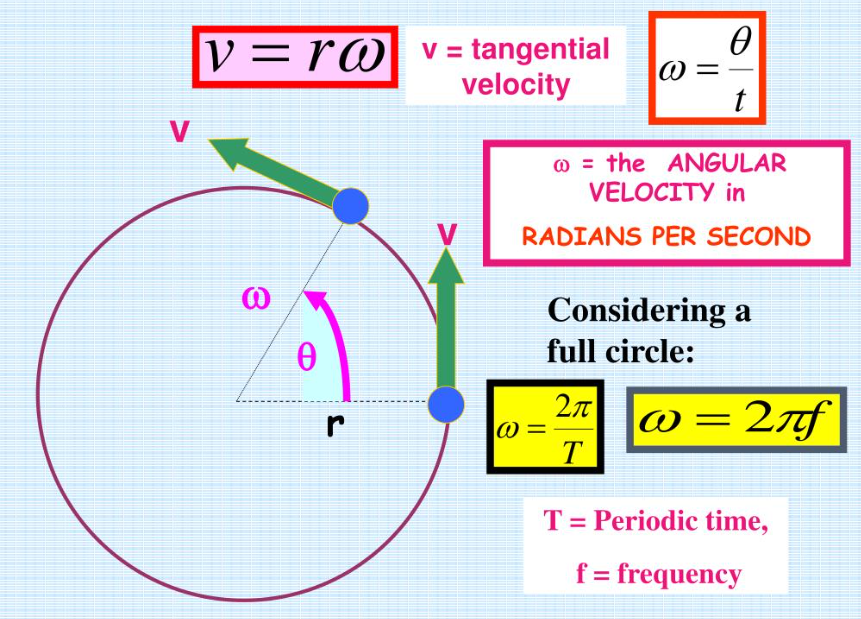 Home
Home
 Back
Back

Definition: This converter transforms angular velocity values between various units. Angular velocity measures the rate of change of angular displacement, typically in radians per second (rad/s).
Purpose: Useful in physics, engineering, and astronomy for converting angular velocity units in applications like rotational dynamics, machinery design, and celestial motion analysis.
The converter uses conversion factors relative to the base unit radian/second [rad/s]:
Steps:
Angular velocity conversion is critical for:
Example 1: Convert 1 radian/second to revolution/minute:
Result: 9.54930 revolution/minute
Example 2: Convert 1 degree/day to radian/second:
Result: 2.0201e-7 radian/second
Q: What is angular velocity?
A: Angular velocity is the rate of change of angular displacement, typically measured in radians per second (rad/s).
Q: Why are there different units for angular velocity?
A: Different fields use different units (e.g., radians, degrees, revolutions) and time scales (e.g., seconds, minutes, days), requiring conversions for consistency.
Q: How are radians and degrees related?
A: One radian is approximately 57.2958 degrees, and one degree is approximately 0.0174533 radians.
Q: Can this converter be used for all angular velocity scenarios?
A: Yes, it converts units of angular velocity, which applies to any scenario involving rotational motion.